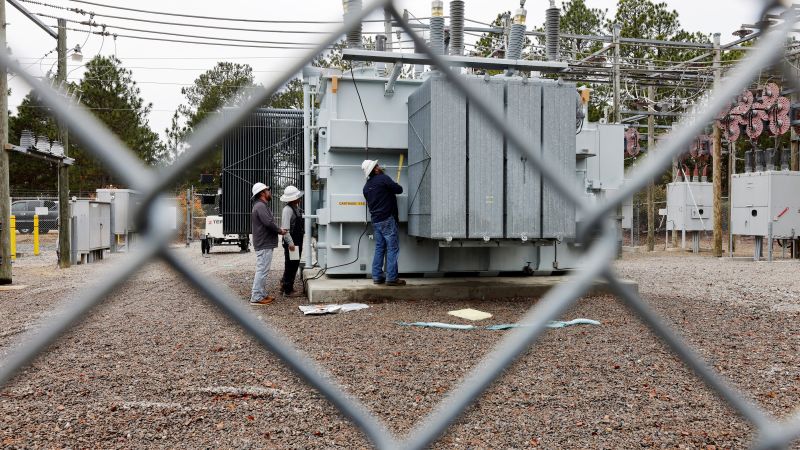I opted out for Storage because we have 2 tesla's and don't think we would be able to really store anything of value based on the consumption
My thoughts are:
Cars have to be at home, and have spare battery "space" to charge from PV. They can't (yet) supply energy to the house, so you have to drive somewhere to have space in the battery.
If you are "away" then no car at home to charge, and house probably using minimal power, so likely that Solar will exceed house usage - and a static battery could be used.
I'm in UK (the South most point in the UK is basically level with Canadian border, so we are a long way North of USA). In mid-Summer my PV generates a peak of about 15kW. I have 2x EV, 2x wall charger (max 7kW) and 2x PowerWall (max charge around 10kW I think). House "background" is around 1.8kW.
So at Max PV of 15kW I need to be charging both cars, or at least both PowerWalls plus one car. We don't have net-metering in the UK, but if you do then maybe exporting would work for you.
I find it a challenge to charge a car every sunny day in Summer - I don't
consistently drive far enough every day! and some days are cloudy, and solar reduced. During the Summer our excess PV generates about 1,000 miles a month into the cars
In Summer my Solar production drops below house usage at about 7PM ("PV Dusk"), and starts exceeding house usage between 6AM and 7AM ("PV Dawn"). My PowerWalls are able to provide sufficient power to run the house from 7PM to 7AM - but, basically, I'm asleep during that time, so the house usage is at "minimum".
In Winter I have Off Peak pricing from midnight to 7AM. There is no way that my 2x PowerWalls will provide for the house for then whole 7AM to Midnight Peak Period in winter - we are cooking, washing, and so on during the day. The Solar we get, at UK latitude is much reduced (mid winter is 90% less than mid Summer), and we have lots of overcast / rainy days (compared to Summer). Any solar I get, in Winter, means my powerwalls just run out a bit later in the day! The PowerWalls will be at 100% at 7AM (when off peak ends) and on days when there is strong sun the PV will exceed house usage, and charge battery, around 10AM ... my PowerWalls have lost around 20% by then - very unlikely there will be enough sun to make that back up to 100%, so basically I don't have any excess PV, in Winter, to charge the car.
In Winter I get good benefit from time-shifting my off-peak to the peak period, but at your latitude I expect you will do more like my Summer all year round - but your day length will be shorter than my Summer days ... so, unless you have net metering, you will be buying off the grid overnight; if you have PowerWall / similar you could store excess daytime PV and use overnight ... but you would need enough PowerWall kWh to run your house from Dusk to Dawn (or only plan to satisfy a part of that period, and buy from grid from the rest).
The way I look at it my PowerWalls mean I no longer pay 90% of my Grid electricity in Summer, and in Winter I buy about 75% of my power at Off Peak price, 10% at Peak, and the rest is from PV in winter. I'm not interested in "payback", but rather "No longer paying X% of my electricity bill" - regardless of what the price might rise to. In UK electricity price rose 54% in April 2022, a further 27% in October, and expecting 20% in April 2023. Actually, my Off Peak price has gone down - because UK is installing huge amounts of Wind around the UK coast, and they want people to use that up "overnight", so only my Peak usage has gone up, and that is now only 10% of what it used to be, and that is only during the Winter months.
So, for my Man Maths, that all looks very rosy to me

Sorry, I don't know how much of this translates to your USA location.



